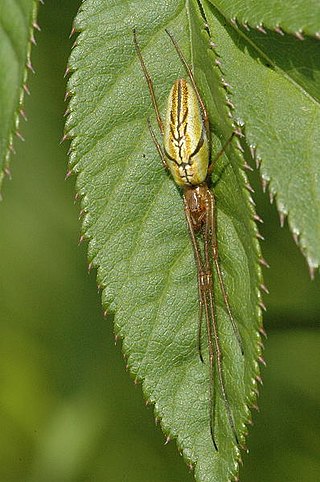This is a list of the known wild biota of the Isle of Man .
Contents
- Amphibia (amphibians)
- Salamandridae (salamanders and newts)
- Anura (frogs and toads)
- Aves (birds)
- Gaviidae (divers)
- Podicipedidae (grebes)
- Hydrobatidae (petrels)
- Procellariidae (shearwaters)
- Sulidae (gannets and boobies)
- Phalacrocoracidae (cormorants)
- Ardeidae (egrets and herons)
- Anatidae (swans, geese and ducks)
- Accipitridae (hawks, eagles, kites and harriers)
- Falconidae (falcons)
- Phasianidae (partridges and quail)
- Tetraonidae (grouse)
- Phasianidae (pheasants)
- Rallidae (rails and crakes)
- Haematopodidae (oystercatchers)
- Scolopacidae (waders)
- Scolopacidae (woodcock and snipe)
- Laridae (gulls)
- Alcidae (auks)
- Columbidae (pigeons)
- Tytonidae (barn owls)
- Strigidae (other owls)
- Hirundinidae (swallows)
- Motacillidae (wagtails)
- Troglodytidae (wrens)
- Prunellidae (dunnock)
- Turdidae (thrushes)
- Sylviidae (warblers)
- Paridae (tits)
- Sturnidae (starlings)
- Corvidae (corvids)
- Passeridae (sparrows)
- Fringillidae (finches)
- Emberizidae (buntings)
- Insecta (insects)
- Neuroptera (lacewings)
- Trichoptera (caddisflies)
- Odonata (dragonflies and damselflies)
- Orthoptera (grasshoppers and crickets)
- Dermaptera (earwigs)
- Dictyoptera (cochroaches)
- Phasmida (stick-insects)
- Diptera (true flies)
- Coleoptera (beetles)
- Hymenoptera (bees, wasps and ants)
- Lepidoptera (butterflies and moths)
- Hemiptera (true bugs)
- Mammalia (mammals)
- Chiroptera (bats)
- Lagomorpha (rabbits and hares)
- Insectivora (insect-eaters)
- Rodentia (rodents)
- Carnivora (carnivores)
- Cervidae (deer)
- Pinnipedia (seals and walruses)
- Artiodactyla (even-toed ungulates or hoofed mammals)
- Marsupialia (marsupials)
- Cetacea (whales and dolphins)
- Domestic animals
- Mollusca (molluscs)
- Gastropoda (gastropods)
- Reptilia (reptiles)
- Chondrichthyes (cartilagenous fish)
- Lamprey
- Osteichthyes (bony fish)
- Arthropoda (arthropods)
- Anostraca
- Arachnida (spiders)
- Pinophyta (conifers)
- Cupressaceae (cypresses)
- Magnoliopsida
- Brassicales
- Nymphaeaceae (waterlilies)
- Mycetozoa (slime moulds)
- Fungi
- Strophariaceae (dung fungi)
- References
Non-native species are marked *, extinct species are marked †. If this status is uncertain the species is also marked ?.
Each listing follows the following format: English name (where one exists), binomial/trinomial scientific name with authorities for uncommon species, Manx name (where one exists), status.







